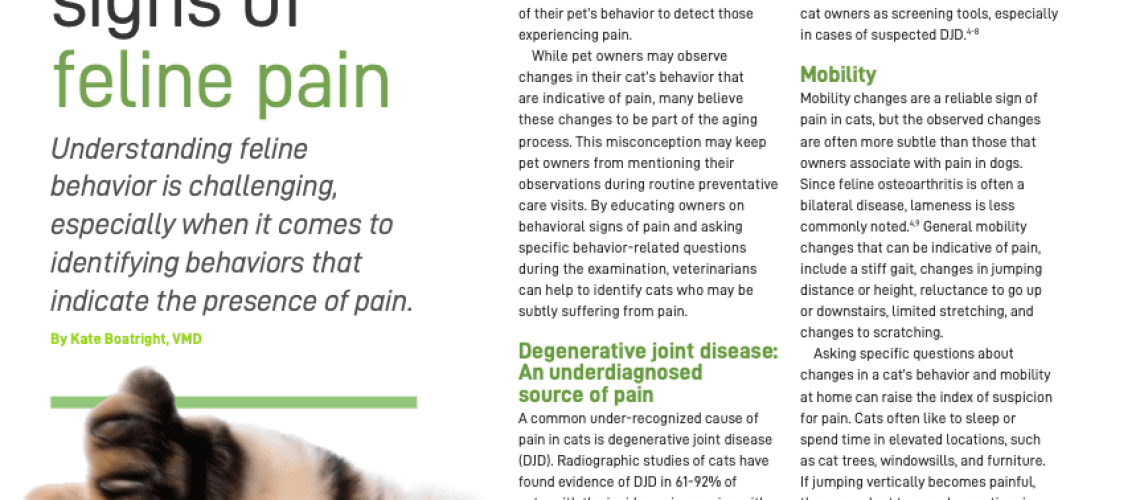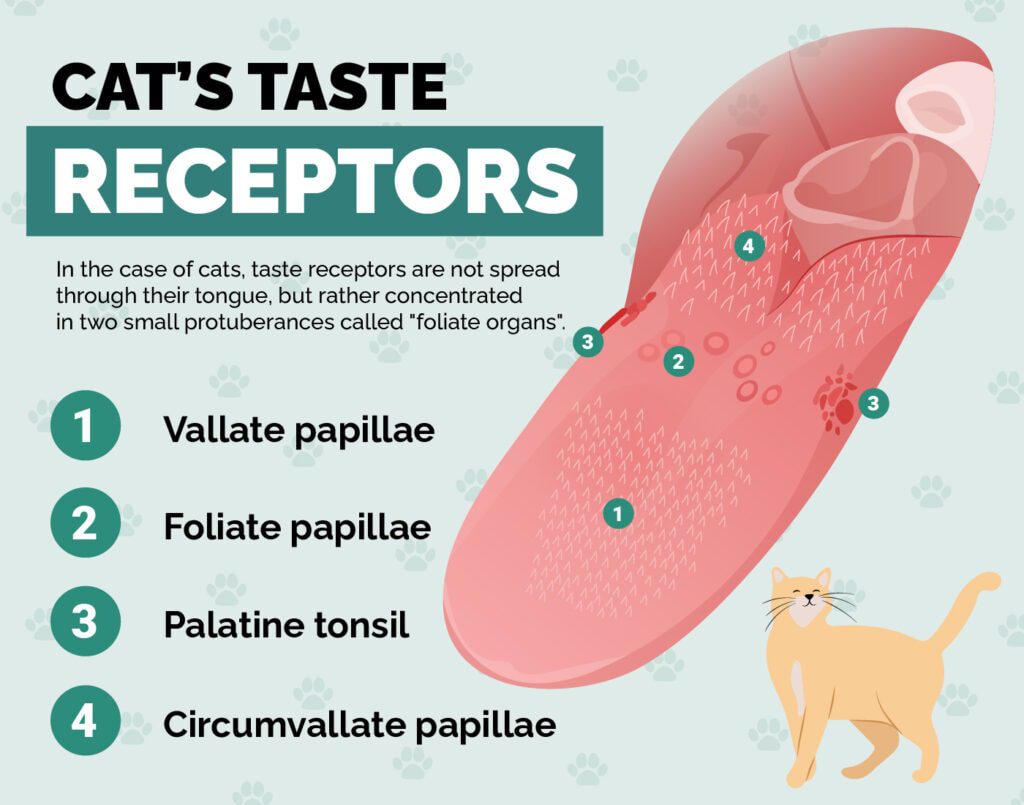Are you a cat owner who wants to ensure the well-being of your furry friend? If so, then delving into the topic of "Pain Points: 7 Signs Your Cat Is Hurting" is a must for you. By understanding the signs that indicate your cat may be in pain, you will not only be able to provide timely care and comfort but also strengthen the bond between you and your feline companion. Did you know that studies show that cats are masters at hiding their pain? This makes it crucial for cat owners to be vigilant and knowledgeable about these subtle indicators. In this article, we will explore seven common signs that could suggest your cat is hurting, empowering you with the ability to keep them happy and healthy. So let's dive right in and learn how to decode our cats' silent cries for help!
Key Takeaways:
- Changes in behavior such as aggression or hiding can be a sign that your cat is in pain.
- Lack of appetite or decreased interest in food may indicate that your cat is experiencing discomfort.
- Excessive grooming or changes in grooming habits can be a symptom of pain in cats.
- Limping, difficulty jumping, or reluctance to move may suggest that your cat is hurting.
- Changes in litter box habits, such as urinating outside the box, can be a sign of underlying pain in cats.
Recognizing Pain Points in Cats: Why It's Important
Paying attention to your cat's well-being is crucial for their overall health and happiness. Cats are masters at hiding their pain, so it's important to be vigilant and recognize any signs of discomfort they may be experiencing. By identifying and addressing your cat's pain points, you can help alleviate their suffering and improve their quality of life.
As a cat owner, I understand the importance of recognizing pain in my feline companion. Cats rely on us to advocate for their well-being since they cannot communicate directly with us about how they feel. By being observant and proactive, I can ensure that my cat receives the necessary care and treatment when needed.
How to Tell If Your Cat Is in Pain: Signs to Look For
When it comes to determining whether your cat is in pain, there are several key signs to look out for. While cats may not express pain as overtly as humans do, they still exhibit certain behaviors that indicate discomfort. By paying attention to these signs, you can better understand your cat's needs and take appropriate action.
Some common signs that may indicate your cat is in pain include changes in behavior, such as increased aggression or withdrawal; altered eating habits; decreased grooming; difficulty jumping or climbing stairs; vocalization (excessive meowing or hissing); changes in litter box habits; and reluctance to be touched or handled.
Common Signs of Pain in Cats: What to Watch Out For
Cats have different ways of expressing pain compared to humans. Understanding these common signs can help you identify if your furry friend is experiencing discomfort:
- Lethargy or decreased activity levels: If your usually active cat becomes less playful or spends more time sleeping, it could be a sign of pain.
- Changes in appetite: A cat in pain may eat less or completely lose interest in food. On the other hand, some cats may overeat as a coping mechanism.
- Altered grooming habits: Cats are known for their meticulous grooming, so if you notice a decline in their grooming routine or excessive licking of certain areas, it may signify pain.
- Litter box issues: Pain can make it uncomfortable for cats to use the litter box. They may urinate or defecate outside the box or show signs of straining during elimination.
By being aware of these common signs, you can take prompt action and seek appropriate veterinary care for your cat if necessary.
The Importance of Paying Attention to Your Cat's Behavior and Habits
As a responsible cat owner, it is crucial to pay close attention to your cat's behavior and habits. Cats are masters at masking pain, often exhibiting subtle changes that can easily go unnoticed. By observing your cat closely on a daily basis, you can detect any deviations from their normal behavior and address potential health issues promptly.
I have learned through personal experience that even small changes in behavior can indicate pain or discomfort in my cat. For example, if my usually friendly and affectionate cat suddenly becomes withdrawn or aggressive, I know something might be wrong. By being attuned to these changes and seeking veterinary advice when needed, I can ensure my cat receives timely treatment and care.
Physical Signs That Suggest Your Cat Might Be in Pain
Cats may exhibit various physical signs that indicate they are experiencing pain. While these signs alone cannot provide a definitive diagnosis, they serve as important clues for identifying potential discomfort:
- Limping or difficulty in walking: If your cat is favoring a particular leg or shows reluctance to move, it could be a sign of pain in their limbs or joints.
- Changes in posture: A hunched or tense body posture may suggest your cat is in pain. They may also exhibit guarding behaviors, where they protect a painful area by not allowing it to be touched.
- Poor coat condition: Cats experiencing pain may neglect their grooming routine, leading to a dull or unkempt coat. This can be due to reduced mobility or discomfort while grooming themselves.
Remember, these physical signs should always be considered alongside other behavioral changes to get a more accurate understanding of your cat's well-being. Consulting with a veterinarian is essential for proper diagnosis and treatment.
Is a Change in Appetite a Sign of Pain in Cats?
A change in appetite can indeed indicate that your cat is experiencing pain. While some cats may eat less when they are unwell, others might overeat as a way to cope with their discomfort. Both scenarios warrant attention and further investigation:
If your cat suddenly loses interest in food or eats significantly less than usual, it could be an indication of pain. Pain can suppress appetite and make eating uncomfortable for cats. On the other hand, some cats may engage in stress-eating as a response to pain, resulting in increased food consumption and potential weight gain.
Monitoring your cat's eating habits is crucial for identifying any changes that might suggest pain. If you notice significant alterations in appetite, it's important to consult with a veterinarian who can assess your cat's overall health and provide appropriate guidance.
Grooming Habits and Discomfort: How They're Connected for Cats
Grooming is a natural behavior for cats, and any changes in their grooming habits can be indicative of underlying discomfort or pain:
If your cat is experiencing pain, they may groom themselves less frequently or avoid certain areas altogether. This can lead to a decline in coat condition, with fur appearing matted, greasy, or unkempt. Additionally, cats in pain may excessively lick or bite at specific body parts as a way to alleviate discomfort.
It's important to pay attention to your cat's grooming routine and note any changes. If you observe significant alterations in their grooming habits that persist over time, it's advisable to consult with a veterinarian who can assess your cat's well-being and address any potential sources of pain.
What to Do If You Notice Signs of Pain in Your Pet Cat
If you notice signs of pain in your cat, it is essential to take appropriate action to ensure their well-being:
- Contact your veterinarian: Reach out to your trusted veterinarian and describe the observed signs of pain. They can provide guidance on whether an immediate visit is necessary or if they recommend monitoring the situation.
- Create a comfortable environment: Ensure that your cat has a quiet and cozy space where they can rest undisturbed. Provide soft bedding and consider using pheromone diffusers or calming aids to help reduce stress.
- Avoid self-medication: While it might be tempting to administer over-the-counter medications intended for humans, it is crucial not to do so without professional veterinary advice. Human medications can be toxic for cats and worsen their condition.
Remember, early intervention is key when it comes to managing pain in cats. By seeking veterinary care promptly and following their guidance, you can help alleviate your cat's discomfort and improve their overall well-being.
Potential Underlying Medical Conditions and When to Consult a Veterinarian
Recognizing signs of pain in your cat is essential, but it's equally important to understand that these signs can be indicative of various underlying medical conditions. While some causes may be relatively minor, others could require immediate veterinary attention:
If your cat exhibits persistent signs of pain or discomfort, such as changes in behavior, appetite, grooming habits, or physical symptoms, it's crucial to consult with a veterinarian. They will perform a thorough examination and may recommend additional tests or diagnostic procedures to identify the underlying cause.
Remember, only a qualified veterinarian can provide an accurate diagnosis and appropriate treatment plan for your cat. Prompt veterinary care ensures that any potential health issues are addressed promptly and effectively.
In conclusion, it is important to pay attention to the signs that your cat may be in pain. By being aware of these signals and seeking veterinary care when needed, you can ensure your furry friend's well-being and happiness.
What are cats indicators of pain?
Certain cats may exhibit noticeable facial expressions when experiencing pain, while it may be less obvious in others. For instance, your cat might squint or close their eyes, have slightly flattened or pressed ears, and a tense and compressed appearance in their mouth, nose, and cheeks.
How do cats lay when in pain?
The cat has the ability to stay compact with its legs folded underneath its body when lying down instead of stretching out. It may also exhibit unusual facial expressions, such as closing its eyes, squinting, or flattening its ears. Additionally, its cheeks, nose, and mouth may appear more tense than usual.
What are 4 signs your cat is suffering?
When a cat is sick, there are usually noticeable changes in its appearance, energy level, social behavior, coat condition, shedding, appetite, litterbox usage, breathing, and discharge from the eyes or nose. In general, any sudden change should indicate that your cat requires medical attention.
Do cats purr when in pain?
While purring is usually a sign of contentment in cats, they can also purr to communicate when they are stressed, anxious, or have other needs, such as being in pain or discomfort. If your cat's purring becomes more frequent along with other indications mentioned, it may be related to pain.
What happens when a cat gets hurt?
Symptoms of pain and injury can be easy to spot, such as bleeding, limping, and swelling, but they can also be subtle, like hiding, lethargy, and a decreased appetite. If your cat doesn't show any visible signs of harm but is behaving strangely, take a closer look to check for any indications of an injury.
Does a cat cry when in pain?
Cats usually don't yowl when they are in pain, unless the pain is very severe. If your cat is crying or yowling, or making unusual vocalizations that are out of the ordinary for her, then there is likely a serious issue causing her significant pain. Mar 27, 2023.

















